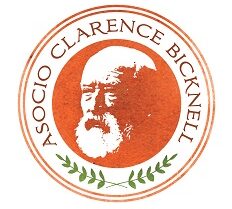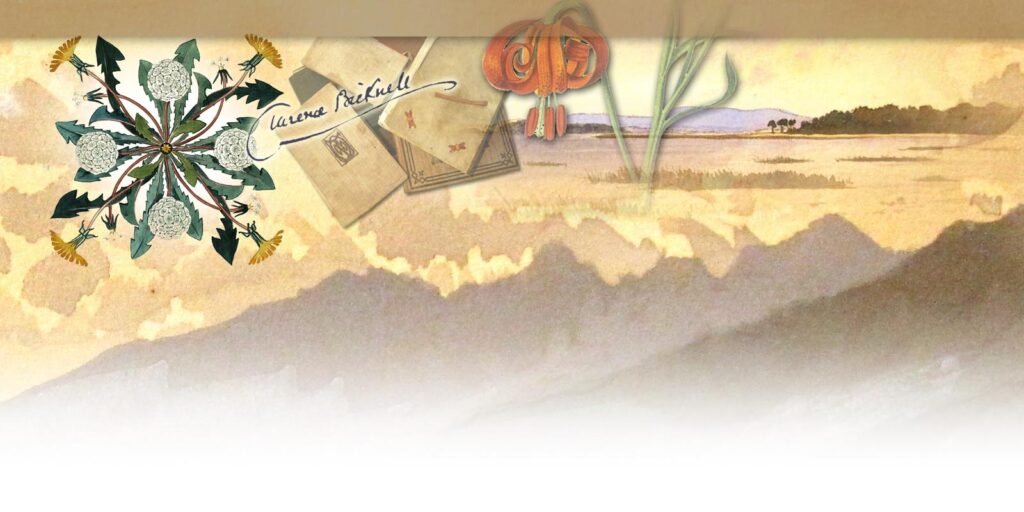Poems
Clarence Bicknell’s principal works of poetry are in Esperanto; in fact there are no serious poems in English in the museums referred to on this site nor in the family collection. Some doggerel illuminates some of the work for children or for Margaret Berry, but they are hardly poems. Clarence’s poems in Esperanto, like his hymns, […]



